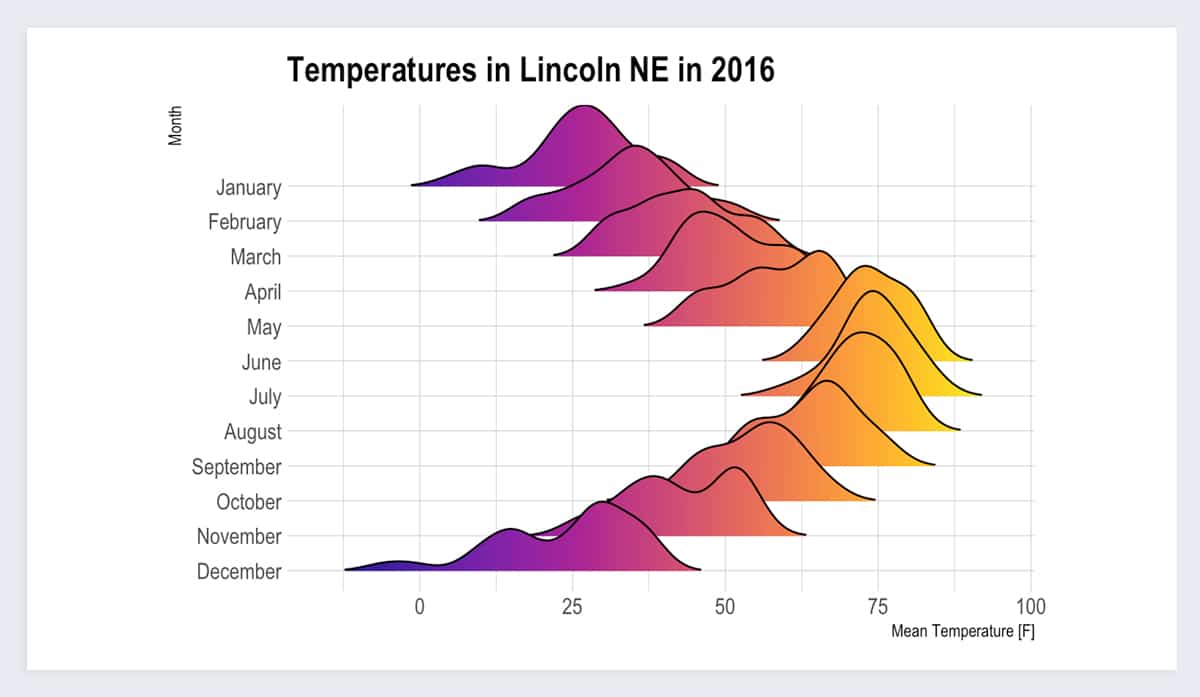Information Visualization (IV) is the process of graphically presenting complex data in a graphical and easy-to-understand form. It is also referred to as data visualization, or infovis, and is used to help people understand data by making connections and drawing insights quickly, offering a visual alternative to the numbers and figures presented in the data.
Information visualization typically takes the form of charts, maps, diagrams, and other kinds of visualizations. These visualizations make complex data more comprehensible, allowing for faster decision making and clearer planning. IV has been used in many fields, including computer programming, cybersecurity, and data analysis. It is also often used to demonstrative relationships between different data sets and to gain insights into patterns or trends.
IV provides a visual bridge between data and knowledge, allowing people to see the details behind broad concepts, identify relationships between datasets, and generate ideas. This form of analysis can help people make better decisions, and increase understanding of the data presented.
IV is used extensively in computer programming, to help visualize relationships between data sets, algorithms, and solutions. It is also used in cybersecurity as a way to monitor and identify malicious activities, identify common patterns, and detect anomalies. With the increasing use of big data in the fields of programming and cybersecurity, IV can be used to make sense of the mountains of information and help make decisions quickly.
Overall, information visualization is an important tool for anyone working with data. It allows users to quickly make connections and gain insights from complex data sets. It is consequently used in a growing variety of contexts from programming and cybersecurity, to medical research and financial analysis.






